apparatus
When keeping goldfish, you may want to add a bottom bed to make them look and feel beautiful. However, when you go to the store, you may be confused by the various types of bedding available. So this time, we would like to explain about the bottom beds.
Table of Contents
When you keep goldfish in a goldfish bowl or aquarium, you can find various types of bottom beds to improve the appearance and quality of the water. In this article, we will explain the three main types. Please consider which one is right for you.
1. gravel
2. red ball soil
2. Soil

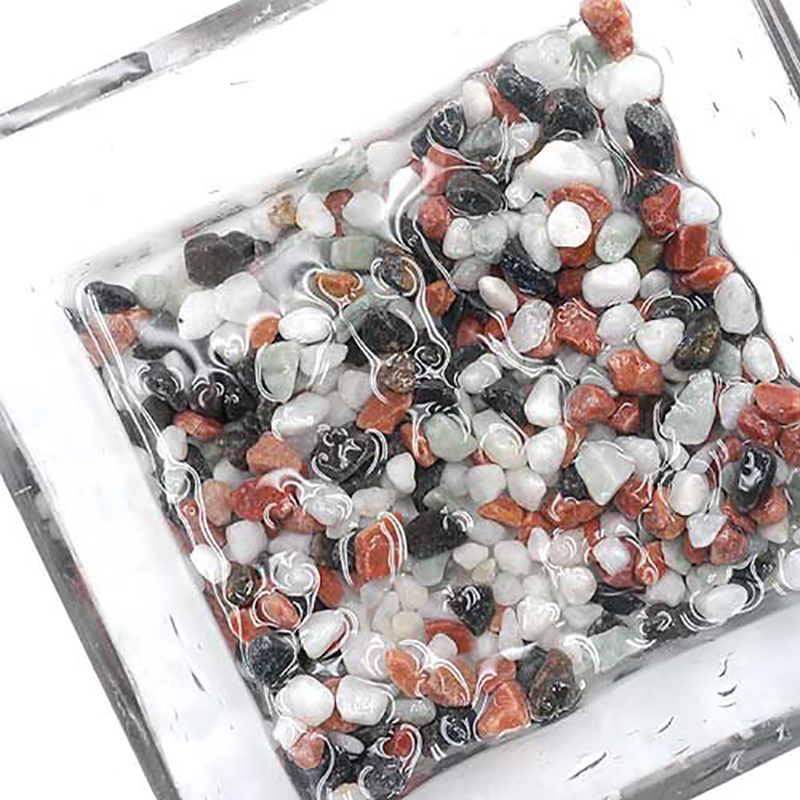
Gravel is a type of bedding that has often been used for a long time. It looks similar to the small sand found in riverside areas (river sand). Recently, gravel is available in a variety of colors, and more and more people are using it to improve the appearance.
The major advantage of gravel is,
1. Inexpensive to obtain.
2. Semi-permanent
3. Variety of types
If your reason for adding a bottom floor is to look good or to put it in anyway, this is a good choice.Thanks to its relatively inexpensive price and semi-permanent use, it is the most cost-effective type of bottom floor.
The disadvantages of gravel are,
1. Gravel itself is heavy.
2. Low ability to stabilize water quality
Since gravel itself is heavy, it can cause shoulder and back pain when moving and cleaning the aquarium, so care must be taken with the amount of gravel you put in. And,Less ability to stabilize water quality than other types described in the items below and elsewhere.is also a disadvantage.
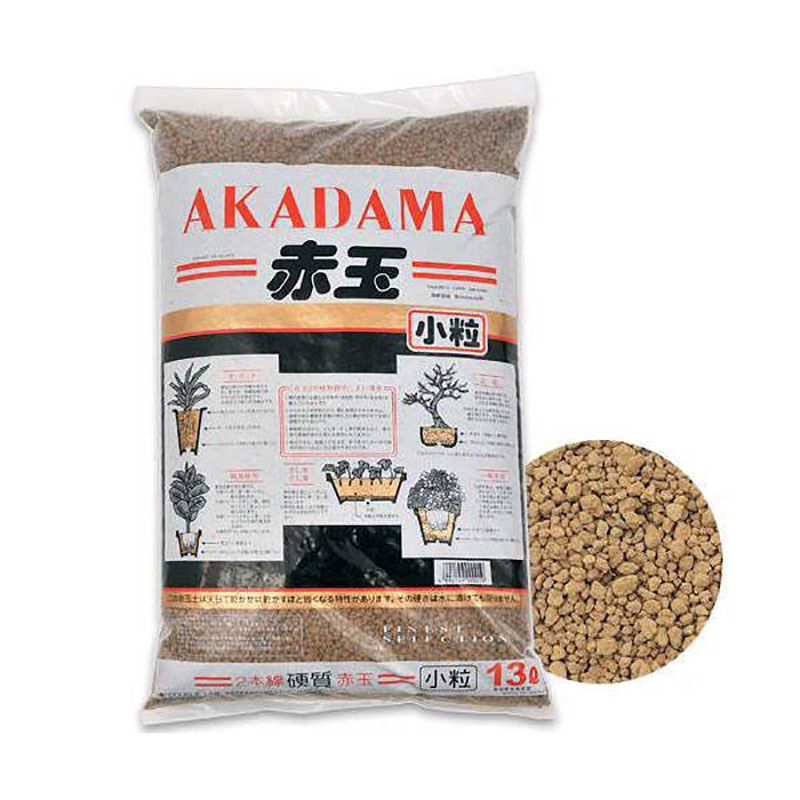
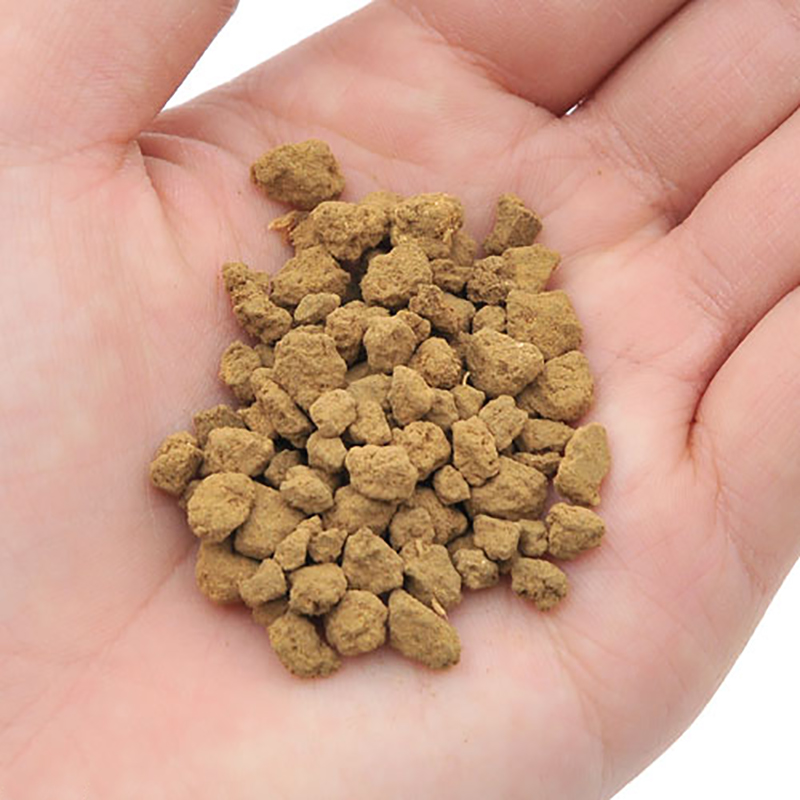
Aka-dama soil has been used for a long time and is the type of soil used mainly for aquatic plants. It can also be used for ornamental fish such as goldfish.
The major advantage of red ball soil is,
1. Inexpensive to obtain.
2. Improved fertility of microorganisms and other organisms
3. Good immobilization and rooting of water plants
Red ball soil is not usually sold in the ornamental fish area. To purchase it, you can go to the gardening and horticulture area, where it is sold. In other words,Aka-dama soil is not marketed as a bottom substrate for ornamental fish, but for use in gardening and other applications. The reason it is used as a substrate for ornamental fish is that it is inexpensive and easy to obtain. The cheapest type can be purchased for a few hundred yen for 10 kg.If you observe akadama soil carefully, you will find small holes in it. Microorganisms and other organisms can live in these holes and reproduce, thereby stabilizing the water quality. You may have seen water plants with weights such as lead or aluminum plates attached to them when you see them at a specialty store. If you do not like the appearance of the weights, or if you want the plants to look as if they are growing naturally (aquarium hobbyists, etc.), you may want to remove the weights, and the plants will float to the surface all together. So, to fix them at the bottom, I would add red ball soil to immobilize the water plants and allow them to root, which will lead to further immobilization.
The major disadvantage of red ball soil is,
1. Water becomes muddy
2. Requires periodic replacement
Red ball soil tends to make water very cloudy compared to gravel and other materials. OriginallyRed ball soil itself is not made for ornamental fish, so when used in water, the crushed sand may dissolve in the water and cause the water to turn brown. After a while, it settles down to a certain extent, but it may still cause problems in terms of appearance due to dust-like substances adhering to the sides of the aquarium.Also, since akadama soil is made of fine sand that is hardened into larger pieces, if it contains water, the water will enter the spaces between the sand and the sand, making it brittle. When this happens, the individual pieces break up and become sand. The sand that has become sand needs to be replaced because its ability to reproduce microorganisms, etc., as described in the above section, will be severely reduced. Therefore, it is necessary to replace it with new red ball soil in about 10 to 15 days, which is more labor-intensive than gravel.
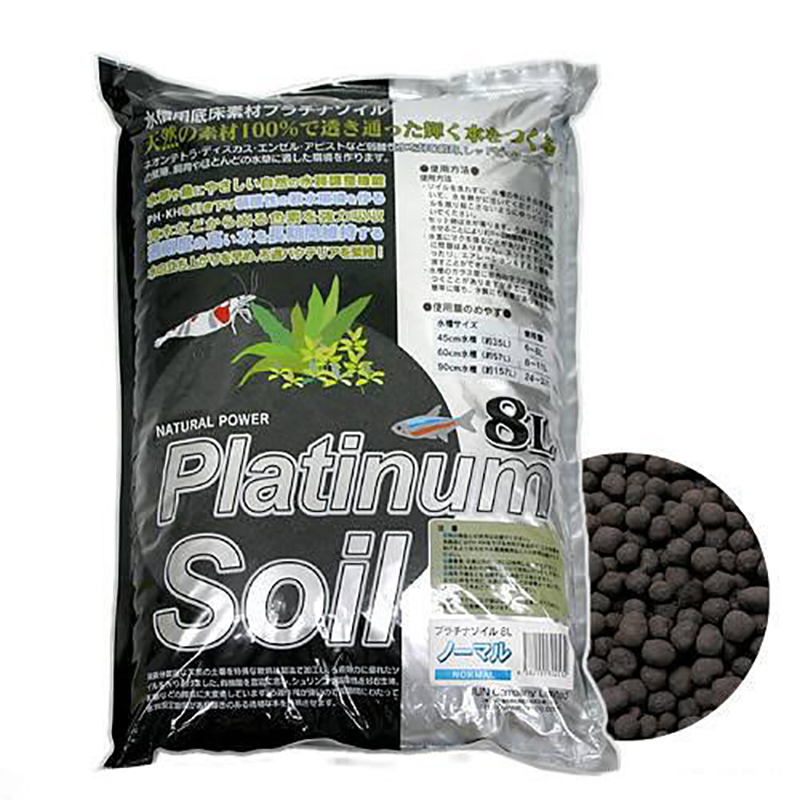
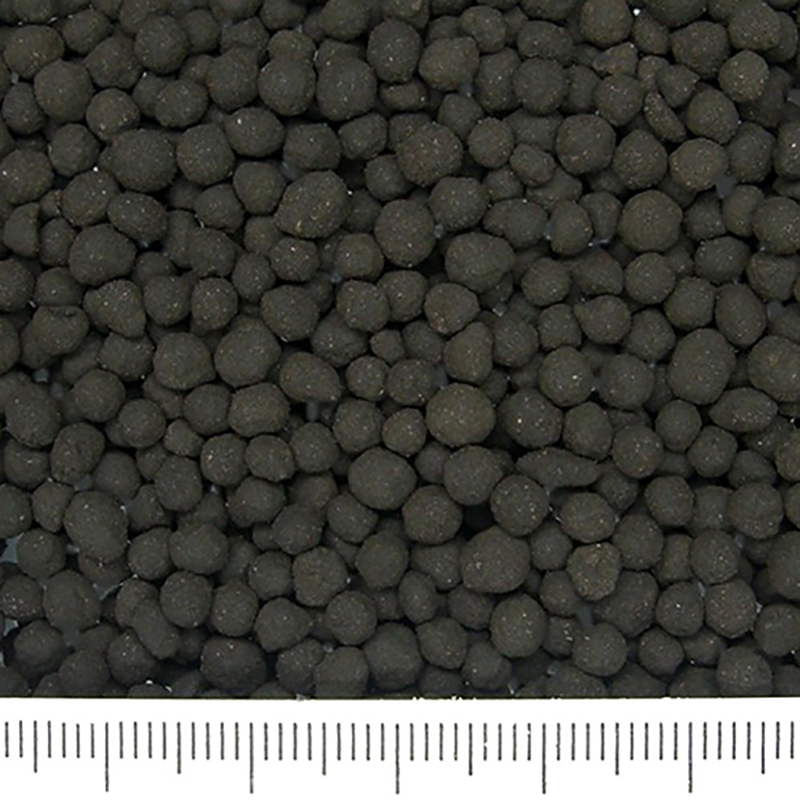
Soil is a type of bottom bed that has emerged in recent years. It is designed to be used underwater and is expected to be a savior for those who grow aquatic plants.
Soil's major advantage is,
1. Improved fertility of microorganisms and other organisms
2. Good immobilization and rooting of water plants
3. Water is less likely to become turbid.
Soil is a hot topic for a while because it overcomes the disadvantage of akadama soil, which is that it makes the water muddy. Soil is different from akadama soil in that it is displayed in the ornamental fish section when purchased,It is designed for aquarium fish and aquatic plant keepers. The structure is similar to akadama soil, which is made by hardening fine soil into a ball, but the fine soil itself does not dance and sinks, so the water is less likely to become muddy.There are also products that contain nutrients in the fine soil, which helps microorganisms to work. Another major difference between soil and other types is that it also works to control tannin, scum, and yellowing from driftwood, as well as cloudy water caused by abnormal microorganisms, and to make the water clear by absorbing the toxic substances that cause such problems. Therefore, it tends to be very useful for people who do aquarium work.
The disadvantages of Soil are,
1. May be expensive and difficult to obtain
2. Requires periodic replacement
3. Some items emit toxic substances.
Soil is almost always more expensive than other types of soil. For example, "JUN Platinum Soil 8L," a well-known type of soil, costs about 1,500 yen or more, making it more expensive than akadama soil. In addition, as with akadama soil, the soil is made of fine soil, and when used over the medium to long term, the hardened parts will crumble and become fine soil that is no longer suitable for microbial growth, so it will need to be replaced. It is advisable to replace the soil after about 15 to 30 days (the period may vary greatly depending on the product). In addition, some specialty stores carry soils and some do not. Therefore, we recommend that those who wish to use soil ask the specialty stores they usually use whether they carry soil or not. And the most important thing to keep in mind when using Soil is right after you start using it,This means that there are things that produce "ammonia," which is a toxic substance. Ammonia is very toxic to fish, and even small amounts of ammonia can deteriorate water quality and directly affect the health of organisms. If you are concerned about ammonia, it is ideal to leave the soil in the water for a week or so when using it. Or, it is safest to leave the tank in a stand-up state (with no organisms in it). Of course, there are products that do not produce ammonia, so it is better to choose those if you are concerned.And if you are new to keeping ornamental fish, for example, we recommend that you first get used to keeping ornamental fish before trying soil.